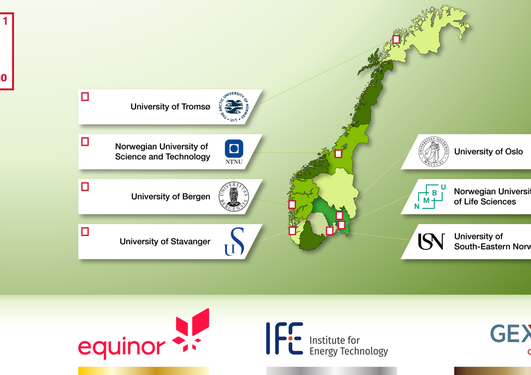HySchool Webinar #4: Isabelle Viole (UiO) & Megan Heath (NTNU)
The next HySchool Webinar will take place on Teams at 13:00 CET (1 pm) on 4 September 2023. Two admitted PhD students will each be holding a 15-minute presentation + Q&A session on their research topic.

Main content
You can find powerpoints from the presentations under "Documents."
Isabelle Viole
PhD-student at UiO
How to power an off-grid telescope? Comparative lifecycle analysis of renewable-based energy systems with batteries and hydrogen
Supplying off-grid facilities such as telescopes with renewable energy systems (RES) instead of fossil fuels can considerably reduce their environmental impact. However, RES require oversized capacities to comply with reliability requirements. This shifts the environmental impact from the operation to the construction.
We assess to what extent adding a hydrogen storage system and/or keeping a part of a fossil fuel based system can lead to a lower environmental impact than a 100% off-grid RES. This is especially interesting in comparing the greenhouse gas and resource use impact of hydrogen systems compared to lithium-ion batteries.
Megan Heath
PhD-student at NTNU
Ruthenium-based pyrochlores as anodic electrocatalysts for PEM water electrolysis
The increasing demand for green hydrogen production arises from the escalating prices of oil and gas, coupled with the uncertain future availability of these fossil fuels. Among various electrolysis technologies, PEM water electrolysis stands out as a favorable option. It offers portability, modularity, and the ability to integrate with intermittent, renewable energy sources. However, the upscaling of this technology is hindered by its reliance on rare and expensive Ir as an anode electrocatalyst. To address this limitation, this study aims to investigate an alternative anodic electrocatalyst that can partially replace Ir.
In this research, ruthenium-based pyrochlore electrocatalysts have been synthesized using a citrate sol-gelmethod. Physical characterization of the electrocatalysts has been conducted using x-ray diffraction (XRD), scanning (transmission) electron spectroscopy (S(T)EM) and x-ray adsorption spectroscopy (XAS). Additionally, ex-situ electrochemical characterization has been performed in a three-electrode setup. Linear-sweep voltammetry results of the electrocatalyst indicate an overpotential of300 mV at a current density of 10 mA. This result agrees well with what has previously been reported for thiselectrocatalyst2 and indicates that this material shows promise as an OER electrocatalyst. However, earlier studies have indicated inadequate conductivity in these electrocatalysts. Hence, various dopants have been introduced in the pyrochlore A-site to generate oxygen vacancies and modify the electronic structure, thereby enhancing conductivity. Promising compositions will be subjected to single cell tests. It is expected that doping will successfully increase the conductivity of the electrocatalysts and lead to promising alternatives for Ir in PEM water electrolysers.
Microsoft Teams meeting
Join on your computer, mobile app or room device
Click here to join the meeting
Meeting ID: 340 510 041 620
Passcode: mHUjdL

